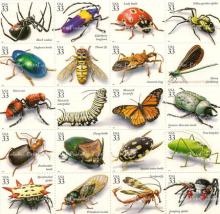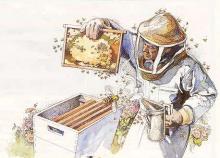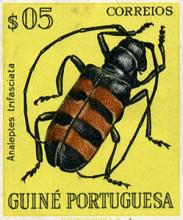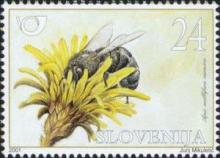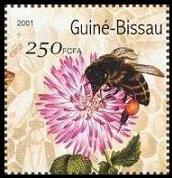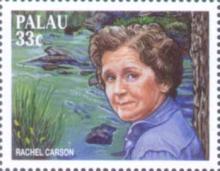The devastating effects of neonicotinoids on honey bees and humans in Japan
This video : http://www.youtube.com/watch?v=BaqPNmk1kZY&feature=share lasts 57.36 minutes. It shows the devastating effects of neonicotinoids in Japan, where they were introduced as foliar treatments on rice, fruit and vegetables in the 1990s to replace organophosphates. Because of the degree of permissiveness of Japan's Maximum Residue Limits (MRL) - compared to the EU and even to the USA (Cf. 38 minutes into the document) - high levels of exposure were inflicted on unsuspecting communities. As hives emptied or were surrounded with a thick carpet of dead honeybees, apiarists and bee scientists soon realised something very serious was amiss. The victims' stoicism, many of them in an advanced state of culture shock, is very moving. Every piece of testimony merits our attention. Of special interest (46 minutes into the document) are observations by neuroscientist Yoichiro Kuroda on the human blood-brain barrier in adults, foetuses and neonates.



